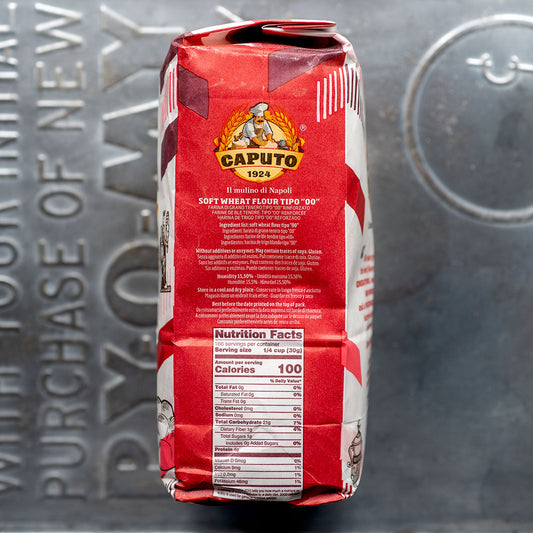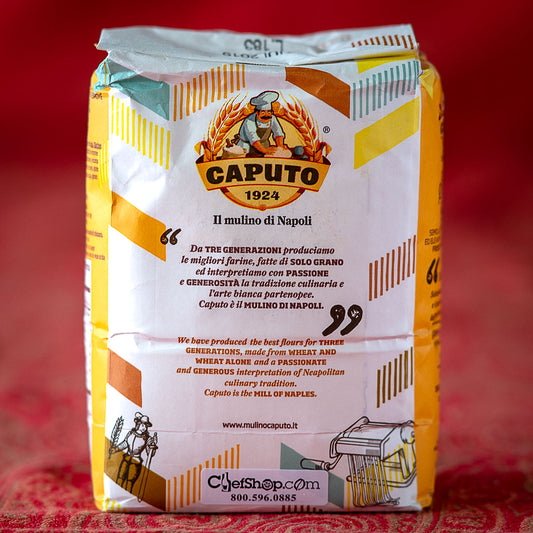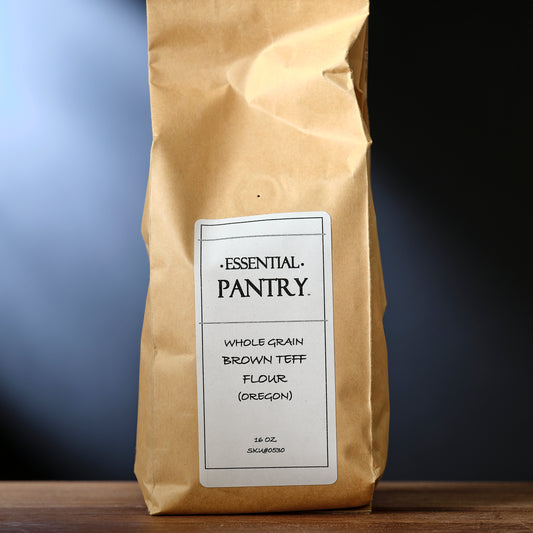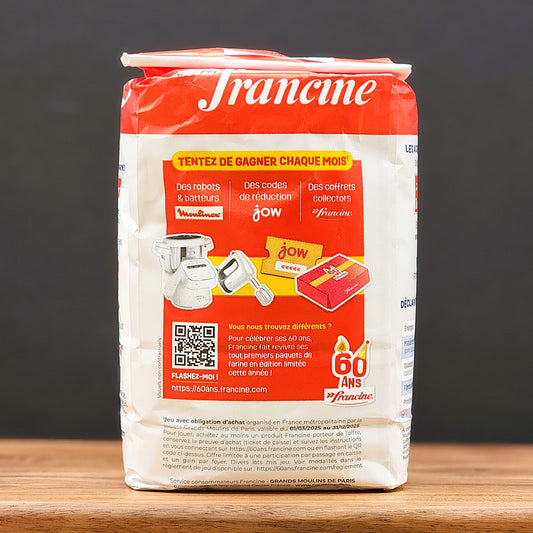Flour
about Flour: click here to read more
Flour has been part of the human diet for tens of thousands of years.
Archaeological findings show that Paleolithic hunter-gatherers were grinding wild seeds, grasses, and roots into a primitive form of flour as early as 30,000 BCE—long before agriculture began.
A grinding stone from Grotta Paglicci in southern Italy, for example, still contains starch residues from wild oats, evidence that early humans used flour-like substances to make primitive breads or porridges.
Around 10,000 BCE, with the rise of agriculture in the Fertile Crescent, humans began cultivating wheat, barley, and other cereals, which quickly became the main sources of flour.
Over the millennia, milling evolved—from stone hand tools to water and wind mills, and eventually to the industrial roller mills of the 19th century that made fine, white flour widely available.
Today, flour is made from an amazing range of plants: wheat, rye, barley, oats, rice, corn, millet, sorghum, teff, chickpeas, lentils, nuts, cassava, and more. Counting all regional and specialty flours, there are well over 100 types globally. Each culture not only favors certain grains but also classifies its flours differently—by chemical content, grind, or use—reflecting unique culinary traditions and milling practices.
🇫🇷🇮🇹🇺🇸 How Different Countries Classify Flour
France
Ash content (mineral residue after burning 100 g flour)
T45, T55, T65, T80, T110, T150
Lower number = whiter, finer flour. T45 used for pastries; T55 for baguettes; T80–T150 for rustic and wholegrain breads.
Italy
Grind fineness & protein content
00, 0, 1, 2, Integrale (wholemeal)
00 = most refined and softest (pasta, pastries); 0 = bread; 1 & 2 = coarser, more bran; Integrale = wholegrain.
United States
Intended use / gluten content
All-purpose, Bread, Cake, Pastry, Self-rising, Whole-wheat
All-purpose = general baking; Bread = high-gluten; Cake/Pastry = low-protein; Self-rising = with baking powder; Whole-wheat = wholegrain.
-
Caputo "00" Chefs Flour - 2.2 pounds
Regular price $8.95 USDRegular priceUnit price / per$0.00 USDSale price $8.95 USD -
Caputo "00" Pizza Flour - 2 pounds
Regular price $8.95 USDRegular priceUnit price / per$0.00 USDSale price $8.95 USD -
Caputo Semolina Flour
Regular price $8.95 USDRegular priceUnit price / per$0.00 USDSale price $8.95 USD -
Sweet Rice Flour - Mochiko - 1 pound
Regular price $5.95 USDRegular priceUnit price / per$0.00 USDSale price $5.95 USD -
Erawan Brand Thai Rice Flour
Regular price $3.55 USDRegular priceUnit price / per$0.00 USDSale price $3.55 USD -
Chickpea (Garbanzo bean) Flour
Regular price $8.95 USDRegular priceUnit price / per$0.00 USDSale price $8.95 USD -
Moretti Semolina Flour
Regular price $7.95 USDRegular priceUnit price / per$0.00 USDSale price $7.95 USD -
Caputo Italian Gluten Free Flour
Regular price $21.95 USDRegular priceUnit price / per$0.00 USDSale price $21.95 USD -
Organic Golden Masa Harina (Corn Flour)
Regular price $10.95 USDRegular priceUnit price / per$0.00 USDSale price $10.95 USD -
Caputo 00 Pasta Flour - 2 pounds
Regular price $8.95 USDRegular priceUnit price / per$0.00 USDSale price $8.95 USD -
Shepherd's Grain Pastry Flour - 5 pound bag
Regular price $10.95 USDRegular priceUnit price / per$0.00 USDSale price $10.95 USD -
Shepherd's Grain Pastry Flour - 2 pounds
Regular price $6.95 USDRegular priceUnit price / per$0.00 USDSale price $6.95 USD -
Caputo 00 Pizza Flour - 5 pound bag
Regular price $17.95 USDRegular priceUnit price / per$0.00 USDSale price $17.95 USD -
Essential Pantry Brown Teff Flour
Regular price $7.95 USDRegular priceUnit price / per$0.00 USDSale price $7.95 USD -
Francine Fluide Lump-free T45 Flour
Regular price $7.55 USDRegular priceUnit price / per -

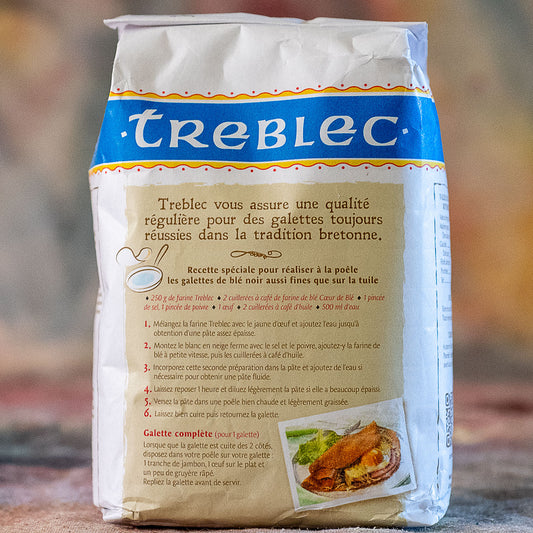 Restocking - choose Notify me
Restocking - choose Notify meTreblec French Buckwheat Flour
Regular price $11.95 USDRegular priceUnit price / per$0.00 USDSale price $11.95 USDRestocking - choose Notify me -
 Restocking - choose Notify me
Restocking - choose Notify meErawan Brand Thai Glutinous Sweet Rice Flour
Regular price $3.45 USDRegular priceUnit price / per$0.00 USDSale price $3.45 USDRestocking - choose Notify me -

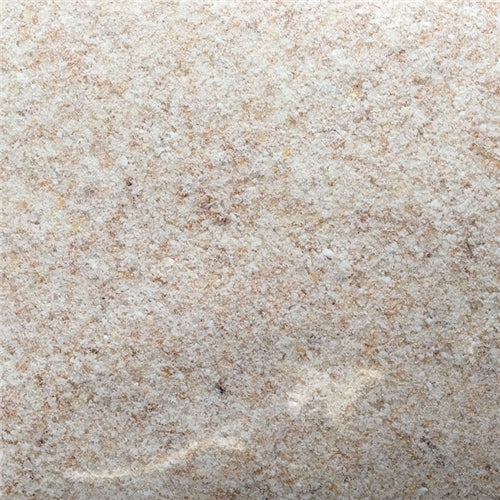 Restocking - choose Notify me
Restocking - choose Notify meWhole Grain Emmer (Farro) Flour - Organic
Regular price $8.95 USDRegular priceUnit price / per$0.00 USDSale price $8.95 USDRestocking - choose Notify me


